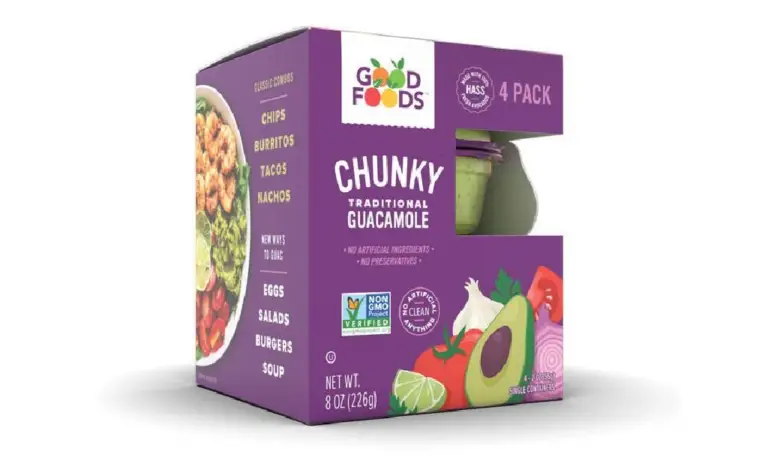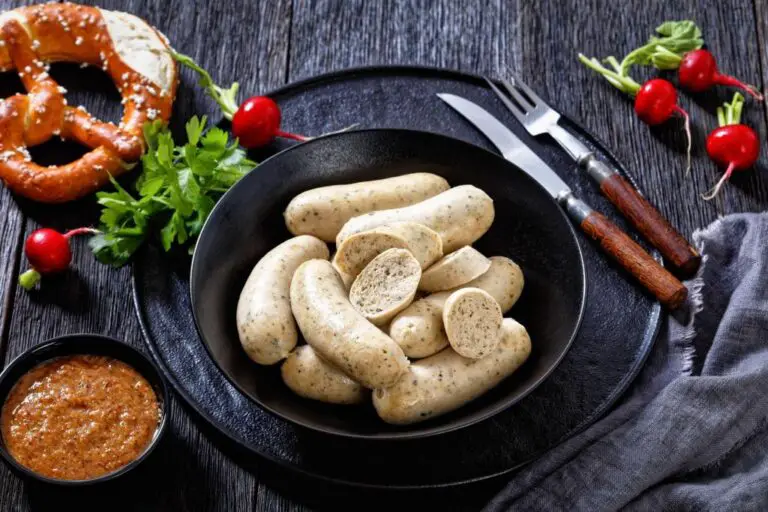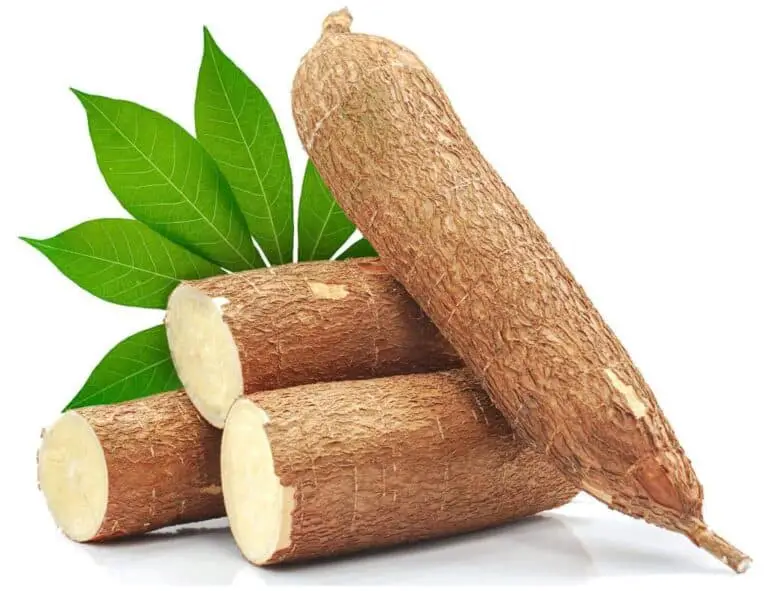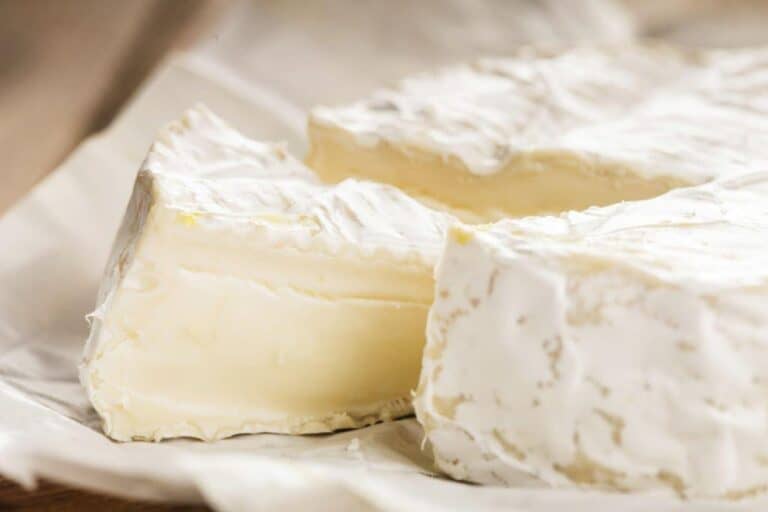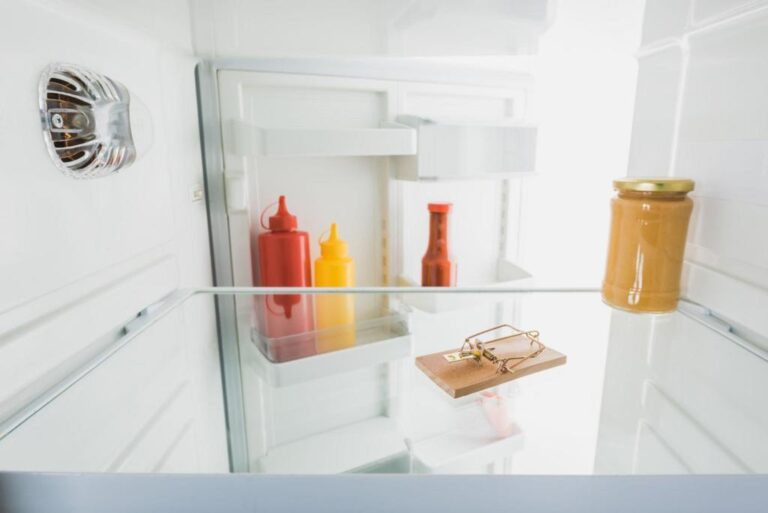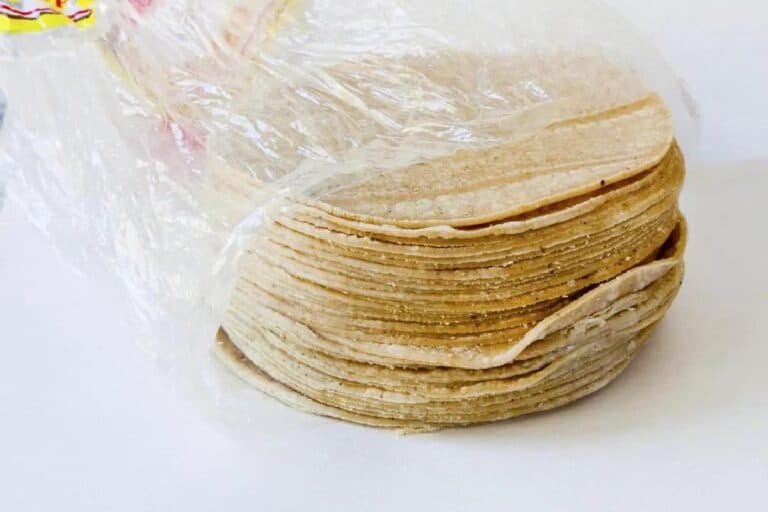Can You Reheat Mashed Potatoes Twice? Is It Still Safe to Eat?

As home cooks, we often find ourselves with leftovers that need to be reheated. Whether it’s leftover mashed potatoes from a big Sunday dinner or a batch of creamy goodness you made the night before, knowing how to safely reheat your culinary creations is essential.
We’ve all been guilty of popping those leftovers in the microwave without giving it much thought. But what about when you have leftover reheated mashed potatoes? Is it safe to reheat them again?
Today, we’re going to dive into the world of reheating mashed potatoes and answer that burning question once and for all. Can you reheat mashed potatoes twice without risking food safety? And if so, what are the best practices for doing so? Join us as we explore the ins and outs of proper food handling techniques and storage methods for everyone’s favorite comfort food.
If you’re tired of throwing away perfectly good leftovers but want to keep your family safe from foodborne illnesses, keep reading. We’ll share expert advice on how to navigate this common kitchen dilemma. You can still enjoy every last bite of those fluffy mashed potatoes. So grab a fork and let’s dig in!
Why Do People Want to Reheat Mashed Potatoes Twice?
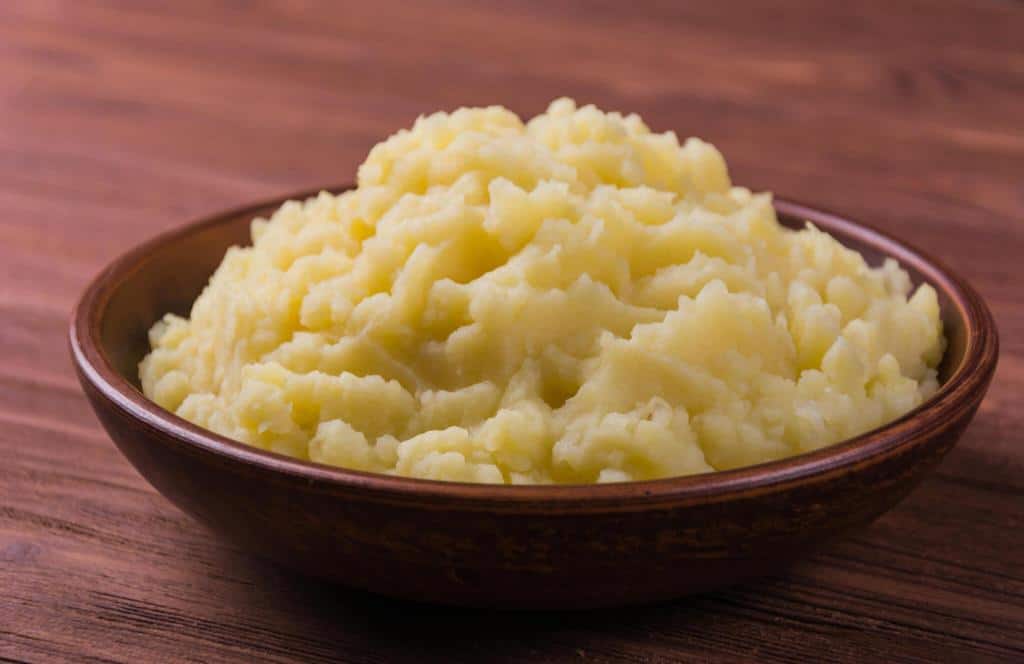
People who want to reheat mashed potatoes more than once usually do so for practical reasons and to cut down on food waste. Let’s take a look at some common scenarios where people might find themselves wanting to reheat their mashed potatoes more than once.
1. Leftovers from Large Gatherings
- Scenario: After hosting a large gathering or holiday feast, there are inevitably lots of mashed potatoes left.
- Challenge: It’s common to prepare mashed potatoes in bulk for such occasions, but finishing them in one sitting can be a challenge.
- Solution: Reheating mashed potatoes multiple times extends their shelf life. It lets you enjoy the creamy dish over several meals.
2. Sustainable Eating Practices
- Scenario: With a growing awareness of conscious consumption, individuals are adopting sustainable eating practices.
- Commitment: Some intentionally cook extra portions of mashed potatoes as part of their meal planning strategies.
- Benefits: These leftovers serve as ready-made sides for future meals. They save time and reduce the amount of food that would otherwise go uneaten and be wasted.
3. Minimizing Food Waste
- Approach: People committed to minimizing food waste consider reheating mashed potatoes twice as a way to utilize every bit of the dish.
- Conscious Cooking: Cooking extra portions becomes a deliberate act to contribute to a more sustainable and eco-friendly lifestyle.
- Versatility: Reheated mashed potatoes can be used in many ways. They can accompany new main dishes and be added to different recipes.
4. Practical Meal Planning
- Strategy: Some individuals incorporate double reheating into their practical meal planning.
- Time-saving: Having pre-cooked mashed potatoes in the fridge means ready-made sides for busy days, minimizing the time spent on meal preparation.
- Versatile Base: Reheated mashed potatoes serve as a versatile base for creating new and exciting dishes with minimal effort.
Can You Reheat Mashed Potatoes Twice?
Yes, you can reheat mashed potatoes twice, but it’s important to do so safely to avoid the risk of foodborne illness.
When reheating mashed potatoes, it’s recommended to add a splash of liquid, cover with aluminum foil, and reheat at 350˚F for 20 to 30 minutes, or until the potatoes reach 165˚F. If using a microwave, it’s advised to reheat at half power for 1 minute, adding more moisture if needed, and repeating until the potatoes reach 165˚F.
It’s also important to cool and store the potatoes safely after cooking to avoid the growth of bacteria that can cause food poisoning.
However, it’s important to note that each time you reheat your leftovers, their quality gradually diminishes. Overheating mashed potatoes multiple times can result in dryness and a loss of texture.
Step-by-step to Reheat Mashed Potatoes
When it comes to reheating mashed potatoes, following the proper steps is crucial to maintaining both their taste and safety. Here’s a step-by-step guide on how to safely reheat your beloved side dish:
Step 1: Storage
Before you even think about reheating your mashed potatoes, make sure they are stored correctly in the refrigerator. You need to transfer them into an airtight container or cover them tightly with plastic wrap. This will help prevent any contamination and keep them from drying out.
Step 2: Remove from Fridge
Take out the refrigerated mashed potatoes and let them sit at room temperature for a few minutes. Allowing them to slightly warm up will help ensure more even heating throughout.
Step 3: Heat Gently
To avoid overcooking or drying out your mashed potatoes, gentle heat is key. Transfer the desired amount of mashed potatoes into a microwave-safe bowl or dish and cover with a microwave-safe lid or plastic wrap vented with a few holes.
Step 4: Stir & Break Up Clumps
After microwaving for one minute on high heat, carefully remove the bowl from the microwave (it might be hot) and give the mashed potatoes a good stir using a fork or spoon. This helps break up any clumps and distribute heat evenly.
Reheating leftover mashed potatoes can be done twice if proper guidelines are followed diligently. By taking these simple steps, you can enjoy creamy and delicious mashed potatoes as though they were freshly made! So go ahead and reheat those leftovers without worry!
How to Prevent Dryness and a Loss of Texture After Heating Multiple Times?
When reheating mashed potatoes more than once, the challenge is retaining that creamy, velvety texture. It must stay moist, not dry.Here are some tips to ensure your mashed potatoes maintain their delightful consistency, even after multiple rounds of heating:
1. Gradual Reheating
- Approach: Avoid the rush. Gradually reheat the mashed potatoes to prevent sudden temperature shocks.
- Benefits: Slow reheating allows the potatoes to warm uniformly, preserving their original texture.
2. Add Moisture Strategically
- Technique: Combat dryness by strategically adding moisture.
- Options: Adding milk, butter, or broth during reheating to rejuvenate the creamy consistency.
3. Gentle Stirring:
- Method: When reheating, stir gently.
- Reasoning: This ensures an even distribution of moisture, preventing pockets of dryness.
4. Embrace The Microwave And Stovetop Combo:
- Diversity: Combine microwave and stovetop methods for reheating.
- Result: This dynamic duo helps maintain moisture without compromising on efficiency.
5. Keep the size in Mind
- It’s generally recommended to only heat the amount you’ll eat in one sitting. Avoid reheating the entire batch repeatedly over several days.
- This minimizes the risk of spoilage and ensures better flavor consistency every time.
Safety Concerns with Reheating Mashed Potatoes Twice
Many of us have leftover mashed potatoes after a big dinner or holiday feast, and it’s tempting to heat them up for another meal. But is it really safe to reheat mashed potatoes twice? Let’s delve into the world of food safety and discover what guidelines recommend.
When reheating any type of cooked food, including mashed potatoes, the risk of bacterial contamination increases. Bacteria thrive in warm environments, and if mishandled or stored improperly, those fluffy spuds can become a breeding ground for harmful microorganisms like Salmonella or Clostridium perfringens. These bacteria can cause symptoms such as nausea, vomiting, diarrhea, and abdominal pain if consumed.
To avoid these risks associated with bacterial contamination, it is generally recommended that leftovers be reheated only once before consumption. This ensures that any potentially harmful bacteria present in the initial cooking process are destroyed through proper heating procedures.
However, if your mashed potatoes were handled safely during storage and kept at appropriate temperatures (below 40°F/4°C), there may be minimal risk of reheating them again. It all comes down to how well you’ve followed food safety practices from start to finish.
Remember that symptoms of foodborne illness can vary depending on the type and level of contamination. If you suspect your reheated mashed potatoes have spoiled or feel unwell after consuming them despite following proper precautions, it’s better to be cautious and throw away any remaining portions. This is safer than risking potential health issues. Your health should never take a backseat when deciding whether to reheat leftovers!
Best Practices for Storing Leftover Mashed Potatoes
Using the right food handling and storage methods is important for keeping leftover mashed potatoes fresh and full of flavor. After cooking, it’s important to refrigerate your mashed potatoes within two hours. Leaving them at room temperature for too long can create an ideal breeding ground for bacteria.
To store your mashed potatoes, transfer them into an airtight container or resealable plastic bag. This will help prevent any odors from other foods in the fridge from seeping into the mash, ensuring that they retain their delicious taste. It will also protect against cross-contamination with raw meats or other potentially hazardous ingredients.
Once stored in the refrigerator, your leftover mashed potatoes can stay fresh for up to three to five days. If you plan to reheat them multiple times over several days, follow some extra guidelines for safety and quality.
The Lifespan of Mashed Potatoes in the Fridge
When it comes to delicious mashed potatoes, knowing their lifespan in the fridge is crucial for ensuring food safety. Generally, mashed potatoes can be safely stored in the refrigerator for up to four days. However, there are a few factors that can influence how long they remain fresh.
Firstly, proper storage techniques play a vital role in prolonging the shelf life of your mashed potatoes. To store them correctly, transfer the leftovers into an airtight container or cover them tightly with plastic wrap. Place them in the fridge. This helps prevent moisture loss and keeps bacteria at bay.
The temperature inside your refrigerator also affects how long your mashed potatoes last. It’s important to ensure that your fridge is set at or below 40°F (4°C) to inhibit bacterial growth and maintain optimal freshness.
Regularly check and adjust your refrigerator’s temperature. This will help extend the lifespan of not just your mashed potatoes but all perishable foods as well.
Alternative Uses for Leftover Mashed Potatoes
You don’t have to reheat leftover mashed potatoes. Instead, unleash your culinary creativity and discover a world of delicious possibilities. Here are some inventive ways to repurpose and elevate those leftover mashed potatoes:
1. Potato Pancakes:
- Ingredients: Leftover mashed potatoes, finely chopped onions,garlic, and, herbs.
- Method: Shape the mixture into patties and lightly fry until golden brown.
- Serving Suggestion: Enjoy as a delightful side dish or a main course, paired perfectly with sour cream or applesauce.
2. Mashed Potato Bread:
- Transformation: Incorporate mashed potatoes into homemade bread dough.
- Benefits: Adds moisture, tenderness, and a unique flavor to the bread.
- Usage: Substitute mashed potatoes for a portion of the liquid in your favorite bread recipe.
3. Sweet Potato Donuts:
- Ingredients: Cold mashed potato leftovers, flour, sugar, eggs, and spices (cinnamon or nutmeg).
- Creation: Combine ingredients to form a soft dough.
- Process: Roll out the dough and use a cookie cutter to create donut shapes before frying until golden.
4. Loaded Potato Balls:
- Ingredients: Leftover mashed potatoes, cheese, bacon bits, and chives.
- Assembly: Mix in cheese, bacon bits, and chives, shape into balls, and bake potatoes until golden and crispy.
- Enjoyment: A delightful snack or appetizer, perfect for sharing.
5. Mashed Potato Soup Thickener:
- Usage: Add leftover mashed potatoes as a natural thickener to soups.
- Result: It enhances creaminess and imparts a comforting potato flavor to your favorite soup recipes.
6. Potato Croquettes:
- Ingredients: Leftover mashed potatoes, breadcrumbs, eggs.
- Formation: Shape the mashed potatoes into cylinders, coat with breadcrumbs, and fry until golden.
- Pairing: Serve as a crunchy and satisfying appetizer or side dish.
Conclusion:
In conclusion, reheating mashed potatoes twice can be safe if done properly. It is important to store mashed potatoes correctly. Reheat them at the right temperature to minimize the risk of foodborne illness. By following a few simple guidelines, you can enjoy your leftover mashed potatoes without any worry.
To recap, always refrigerate your leftover mashed potatoes within two hours of cooking them. Divide larger portions into smaller containers for faster cooling and better preservation. When reheating, use a stovetop or microwave on medium heat to bring the mashed potatoes back to serving temperature while stirring occasionally.
Remember to discard any leftovers that have been sitting at room temperature for more than two hours. Also, toss any signs of spoilage, such as an off smell or mold growth. Prioritizing food safety keeps you and your family healthy. It also ensures that you get maximum enjoyment out of your delicious homemade mashed potatoes every time!
So next time you find yourself with a surplus of creamy goodness, don’t hesitate to reheat those mashed spuds! Just make sure you store them properly and follow safe reheating techniques. With proper handling and storage practices in place, there’s no reason why you can’t savor fluffy, flavorful mashed potatoes again and again!

